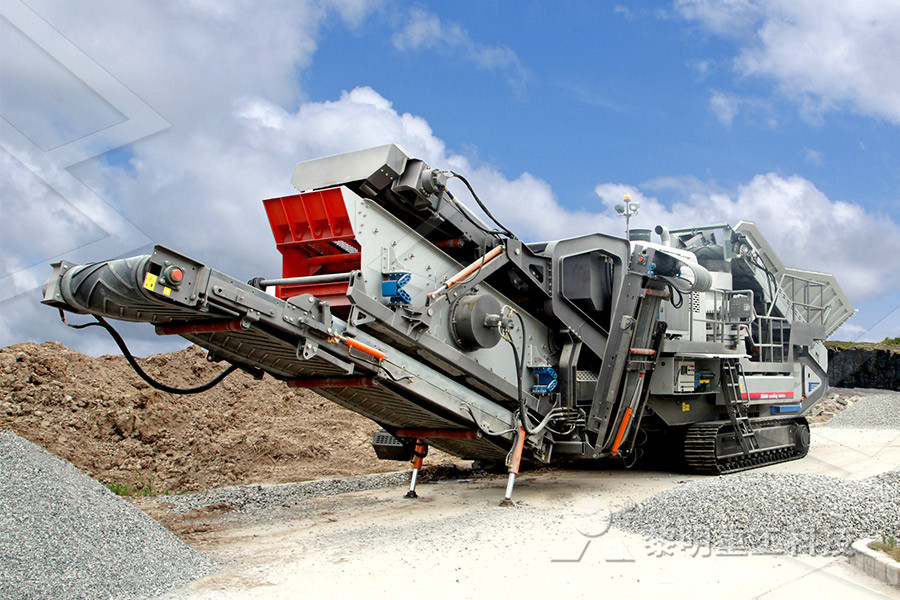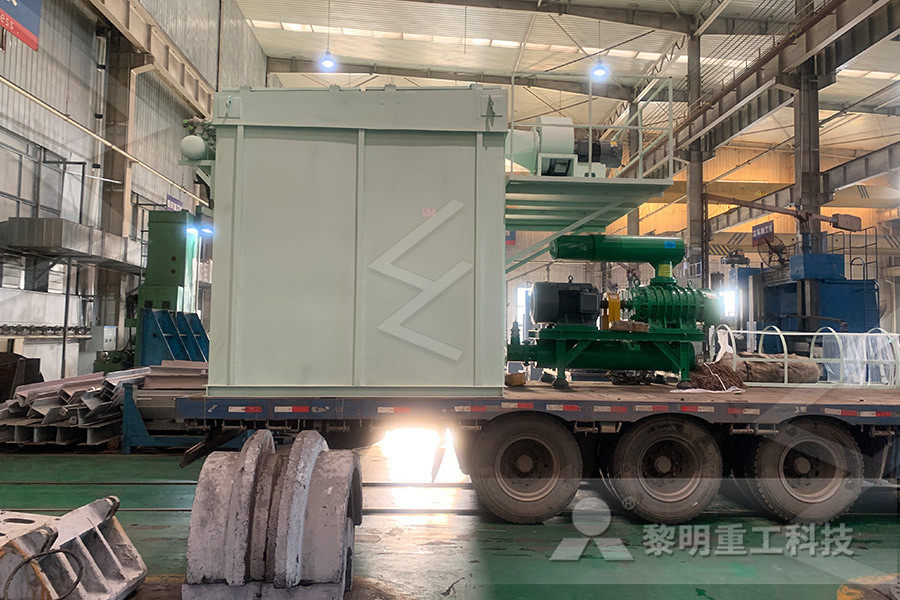
how can we reuse construction debris
In particular, there is a reuse market for aggregates derived from CDW waste in roads, drainage and other construction projects Construction and Demolition Debris Recycling Entry date: 210408 itemNo: Client's guide to cutting waste from construction projects Reuse and recycle construction materials There are two sources of potential cost savings reusing construction, demolition and excavation materials, and importing recovered and recycled materials Use resources efficiently in construction and building tradesReuse and recycle construction materials Deconstruction and building material reuse promotes less waste to disposal, creates new employment opportunities, benefits the environment and reduces neighborhood health threats from lead, asbestos and hazardous materials Demolition accounts for 10 times as much waste as construction Much of that waste can be costeffectively eliminated Building Material Reuse and Deconstruction WMSBF Introduction An opportunity Building materials account for about half of all materials used and about half the solid waste generated worldwide They have an environmental impact at every step of the building process extraction of raw materials, processing, manufacturing, transportation, construction and disposal at the end of a buildingConstruction and demolition waste guide recycling Construction and demolition waste are one of the heaviest and most voluminous waste streams generated in the EU accounting for approximately 25%30% of all waste generated Demolition recycling is an important step in a building’s life cycle, as material reclamation and good recycling practices can divert over 90% of the building’s material from the landfillRecycling Buildings: 10 Building Materials That Can Be

Construction Waste Management Construction
Construction Demolition Waste The growth in the construction industry triggers waste production to exponential levels The waste generated from the construction industry is commonly called as Construction Demolition Waste or CD waste Most of the waste materials in construction industries are nonbiodegradable and inert materials Construction waste materials are heavy, dense, bulky in Reducing construction and demolition debris also conserves landfill space, reduces the environmental impact of producing new materials, and can cut down the overall building project expenses through avoided purchase 2 Divert and Reuse Raw construction and demolition debris can Best Practices for Construction Waste Management Once they’ve determined which materials they can recycle or reuse, they can demolish the rest of it under a building cover to minimize the spread of dust 2 Recycling If a construction project or demolition does produce waste, workers can divert much of it from landfills by recycling itWhat Can We Do About Construction and Demolition Creative reuse, retrofitting, and, most importantly, designing programmatically versatile buildings that last should be architects’ main objectives But the demolitionconstruction cycle also entails pragmatic challenges, which may offer important—albeit fundamentally incremental—solutions to our waste When a Building Comes Down, Where Do Its Materials Construction and demolition waste are one of the heaviest and most voluminous waste streams generated in the EU accounting for approximately 25%30% of all waste generated Demolition recycling is an important step in a building’s life cycle, as material reclamation and good recycling practices can divert over 90% of the building’s material from the landfillRecycling Buildings: 10 Building Materials That Can Be

Recycling Construction Materials
Recycling construction and demolition materials generated at a construction site is increasingly important The environmental benefits of recycling can be significant Current estimates show that if all concrete and asphalt pavement generated annually in the United States were recycled, it would save the energy equivalent of 1 billion gallons Still, many building materials that could be salvaged ends up tossed instead Bryce Jacobson, senior waste reduction planner at Metro, says the piles of stuff that stack up in construction, demolition and renovation projects make up between 20 and 25 percent of all the waste generated in greater Portland Some is reused Some is recycledSomething old, something new (Re)using salvaged Generally, construction and demolition waste (CDW) can be divided into three groups, depending on their origin: waste generated during the construction of new buildings, waste originating from the renovation and demolition of infrastructure (eg, buildings, bridges and roads), including natural disasters and military conflicts, and waste Alkaliactivated building materials made with recycled b) Demolition waste can be considered as a special case because it's possible to make a previous vaJuation about quality and amouot ofthe result waste which is in a last sense the building itself It is possibJe planning best conditions to reuse construction parts as windows, doors, rabbets orTECHNICAL AND ECONOMIC ASPECTS OF DEMOLITION ALERT In Australia, approximately 8 million tonnes of brick is disposed annually with the vast majority ending up as landfill The Recycled Building Centre believes in reducing waste and environmental impact with the careful processing of bricks from existing structures rather than simply destroying them, enabling bricks and often other resources to be recycled and given new life recycled construction materia s

Refurbishment Demolition of Housing Embodied
It can be used to compare the environmental impacts of different building materials, designs and construction processes It can help to identify elements which are carbonintensive and promote alternative options which reduce the amount of CO 2 released It can be used to design policies that reduce the CO 2 emissions from the construction sector Recycling of waste products into building materials has lately become the norm in the construction industry The essence of this practise is to put waste into good use and reduce the amount of trash that goes to landfillsInterestingly, contractors are increasingly joining the green building bandwagon by advocating for the use of recycled waste products, to reduce the costs of construction 10 Surprising Building Materials Made Entirely Out of Sustainable building materials are essential for greener buildings—and a healthier world Construction and demolition waste makes up about 40% of the total solid waste stream in the US and about 25% of the total waste stream in the European Union, according to USGBCSustainable building materials can help us reduce this large amount of waste and the negative effects of greenhouse gasesSustainable Building Materials Are Changing the Way Pressure is then applied on it to produce the raw material for construction products To create a wall, around 6 kgs of plastic waste is transformed Houses built with this waste material cost less than those made of concrete This material can resist 35 kg per sqm of load as compared to 25 kg per sqm load by traditional building materialsTurning Plastic Waste into Ecofriendly Building Still, many building materials that could be salvaged ends up tossed instead Bryce Jacobson, senior waste reduction planner at Metro, says the piles of stuff that stack up in construction, demolition and renovation projects make up between 20 and 25 percent of all the waste generated in greater Portland Some is reused Some is recycledSomething old, something new (Re)using salvaged

Recycling Construction Materials
Recycling construction and demolition materials generated at a construction site is increasingly important The environmental benefits of recycling can be significant Current estimates show that if all concrete and asphalt pavement generated annually in the United States were recycled, it would save the energy equivalent of 1 billion gallons How you can recycle or reuse insulation waste on your construction project, difficulties of recycling insulation from demolition projects which can be contaminated, eg by mortar, wood, bitumen or asbestos NetRegs guidance for construction and building trades Also on this siteRecycling insulation from construction projects for waste reduction, reuse and recycling with the goal of changing behavior 6 Encourage the recycling and/or reuse of building materials to reduce construction and demolition waste Reduce amounts of construction and demolition waste landfilled on capital projects constructed by the City of Scottsdale 7 Identify opportunities to use solid wasteCommunity Solid Waste Reuse and Recycling Strategic DEMOLITION ALERT In Australia, approximately 8 million tonnes of brick is disposed annually with the vast majority ending up as landfill The Recycled Building Centre believes in reducing waste and environmental impact with the careful processing of bricks from existing structures rather than simply destroying them, enabling bricks and often other resources to be recycled and given new life recycled construction materia s The early phases of many construction projects involve the demolition of concrete foundations, sidewalks, driveways, and other concrete structures, which can leave a contractor with a sizable volume of heavy, dense materials to deal with Fortunately, concrete can be recycled and reused in many ways Typically (but not always) the process Ways to Recycle and Reuse Concrete

10 Surprising Building Materials Made Entirely Out of
Recycling of waste products into building materials has lately become the norm in the construction industry The essence of this practise is to put waste into good use and reduce the amount of trash that goes to landfillsInterestingly, contractors are increasingly joining the green building bandwagon by advocating for the use of recycled waste products, to reduce the costs of construction If combined with farm waste in molds, the fungus culture forms organic bricks that can be used in construction that afterward decompose and return to 8 Biodegradable Materials the Construction Industry One of the things that often comes up when discussing the future of construction is sustainability The building sector is one of the largest contributors to greenhouse gas emissions (GHG), with occupied buildings being responsible for nearly 40% of global GHG emissions, according to Architecture2030 Sourcing and manufacturing building materials also contribute a great deal to Top Sustainable Construction Materials to Build a In Europe alone, more than 1600 million metres of plasterboard is used in building interiors every year Gypsum is also ‘indefinitely’ recyclable – known as ‘closedloop’ recycling – because its chemical composition does not change Construction and demolition waste (CDW) currently accounts for some 30 % of all waste generated in Putting plasterboard waste to good use Europa